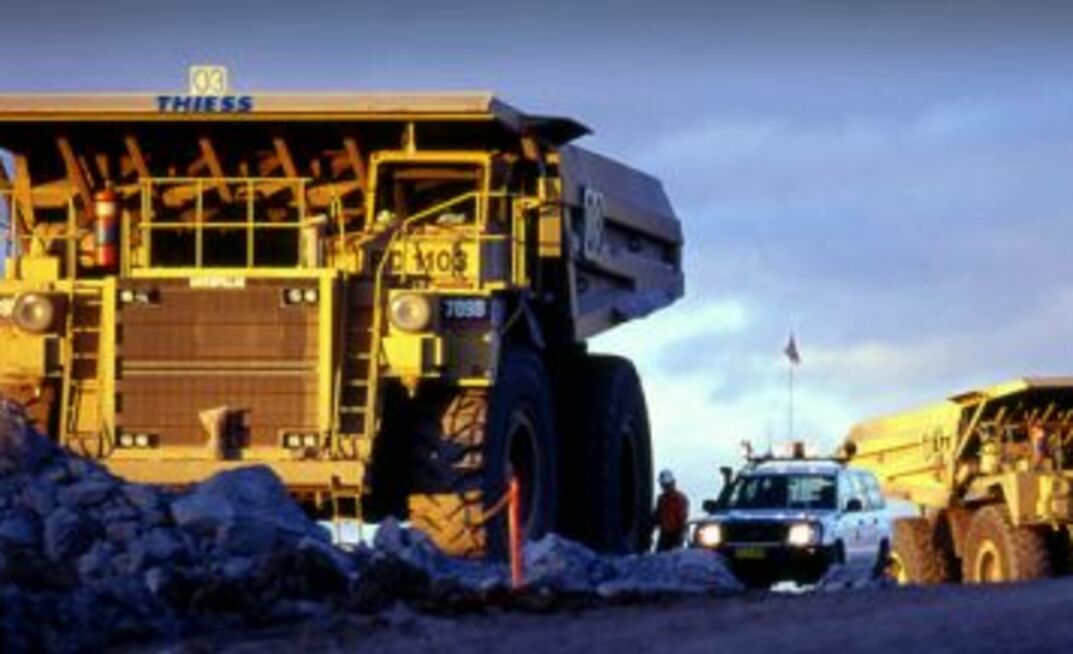The Leighton subsidiary is participating in the federal government run Energy Efficiency Opportunities program, which encourages large energy-using businesses to improve their energy efficiency.
The EEO program does this by requiring businesses to identify, evaluate and report publicly on cost-effective energy savings opportunities.
Thiess said that as a mining contractor, it faced some unique challenges in relation to applying the requirements of the EEO program.
The contractor said that to ensure it had addressed those challenges to meet the requirements of the program, it had to work closely with the Department of Resources, Energy and Tourism (RET) by:
Participating as a “trial company” providing detailed input to help develop the legislation;
Completing a “trial verification process” with RET to inform the approach adopted; and
Working with RET to develop a case study of the company’s assessment so that Thiess could share what it had learnt with other companies.
By implementing four major initiatives at 12 of its major mining projects, Thiess estimates it will save 150,800 gigajoules of energy per annum and 10,600 tonnes of carbon dioxide emissions per annum.
Thiess said the plan to reduce the cool-down idling period on its turbocharged equipment was carried out in consultation with the original equipment manufacturers and assessed according to the specific working conditions of the equipment.
For most of Thiess’s equipment, the standard pre-determined cool-down time is five minutes, but Thiess said OEMs agreed that a three-minute idle time would be sufficient without impacting warranty conditions.
The expected potential saving through this reduction in idle time is estimated to be 120,000 litres of diesel per annum or 5000GJ per annum.
Other initiatives include:
Minimising the amount of time equipment is stationary and idling unnecessarily, such as waiting in queues to be loaded (estimated to save 22,000GJ and 1550t of CO2);
Automating light switches so staff do not have to travel across operations to manually switch lights on and off, and to avoid lights being left on unnecessarily (estimated to save 6400GJ and 460t of CO2); and
Ensuring that each dump truck carries the optimum tonnage of material by frequently communicating the actual versus targeted payload to operators and having the results reviewed regularly by senior management (estimated to save 117,000GJ and 8200t of CO2).

























